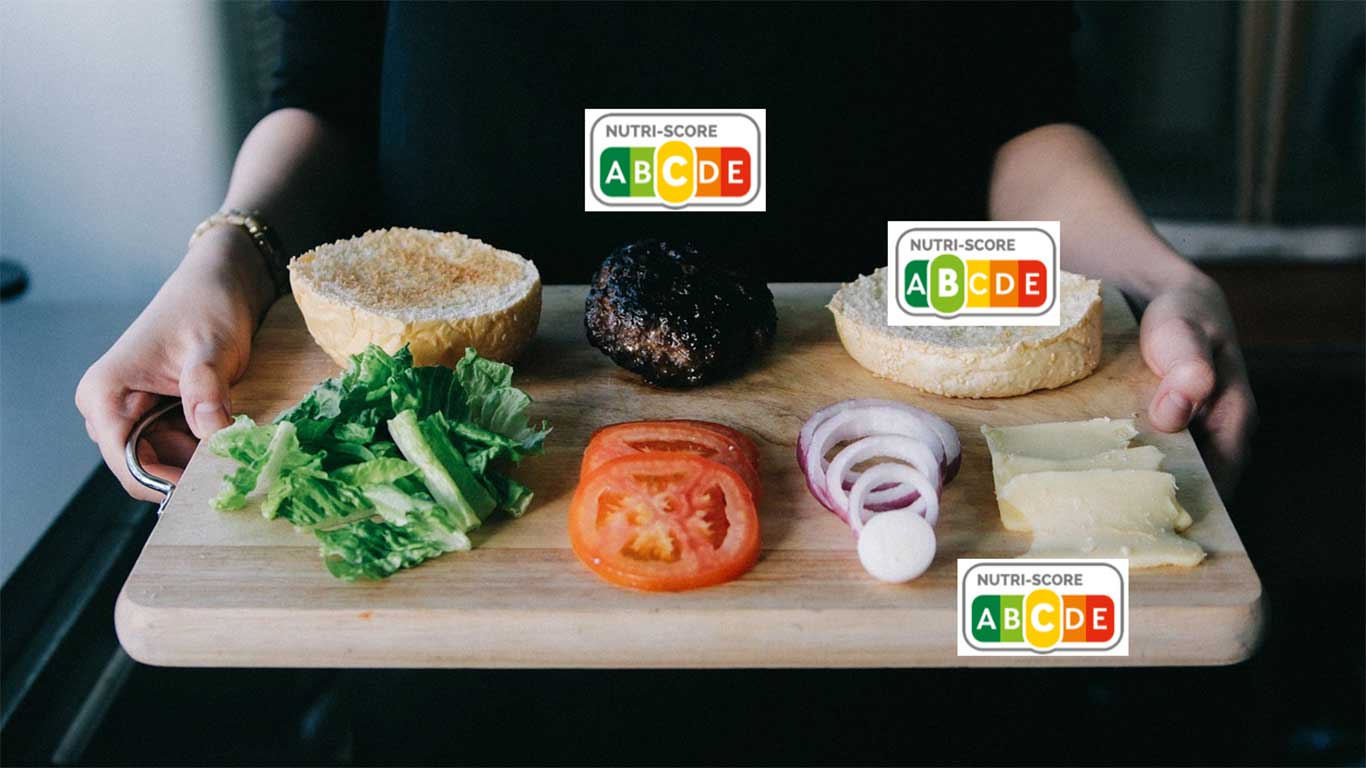Many regulatory bodies and companies struggle with product information transparency. There have been many consumer complaints in various countries, with angry customers seeking full product information. With consumer safety in mind, federal agencies are now requiring companies to provide relevant information in a timely and efficient manner as to avoid problems in the future.
The Food and Drug Administration (FDA) has a new rule for the Food & Beverages industry in the United States that aims to safeguard the rights of the consumers. The FDA Food Safety Modernization Act (FSMA) seeks to shift the focus of lawmakers, federal regulators, and businesses from responding to contamination in food and beverages to preventing it. They seek to do this by charting product specifications – ingredients, allergens, declarations and more – and determining whether they are regulation-compliant or not. To comply with federal requirements, businesses are required to provide pertinent product information to the customer.
Free Whitepaper
GTIN-Connector: Get more information about a powerful tool and how
to use it properly.
Additionally, European Union Consumer Protection (Distance Selling) Regulations contain a list of rules that sellers must follow when engaging in organized remote sales with consumers. The regulation provides the consumer the right to information and also stipulates obligations which must be fulfilled by the seller.
In addition, the EU Food Information to Consumers Legislation seeks to provide businesses with guidelines regarding labeling, presentation, and advertising of food and beverage products. The emphasis here is on nutrition labeling. According to the new legislation, the labels of each product must contain all the important product information. Information about allergens must be presented clearly. For meat-based products and products using vegetable oils and fats, place of origin must be given. Information regarding any engineered nanomaterials that have been used in the product must be provided. Manufacturers are also required to provide details about any imitation food that they have used.
Similarly, the Swiss Federal Food Safety and Veterinary Office have published the Food Law 2017 which seeks to regulate the materials and articles intended for use with food. As per the law, the articles and materials – ceramics, glass, enamels, metals, alloys, paper, cardboards, paraffin, waxes, dyes, plastics (including epoxy resins), printing inks, recycled plastics, regenerated cellulose films and silicones – that come into contact with food can only be used in accordance with the requirements in the new regulations. This law seeks to ensure that food and beverages are being produced and packaged in a safe way.
While these regulations are developed with the intention to help companies be more transparent about their products, multiple challenges at the ground level may create problems in the actual implementation. Many businesses either do not have detailed knowledge of the food safety regulations of their own country or they do not have access to industry-accepted guidelines regarding production, declaration, and shipping, giving rise to a need for a central data repository which contains both federal guidelines for product information and real-time information about products.
A global data synchronization network
The Global Data Synchronization Network (GDSN) is a global network of over 30 certified data pools connecting more than 35,000 companies.
With GDSN, manufacturers have a better way to share their product information with their trading partners. In addition, retailers and distributors have easy access to new product information and any changes.
The global network provides support for country-specific regulatory requirements. Businesses can now more easily comply with regulatory requirements specific to a country or region.
How does this work?
For companies to make their product information available to their trading partners, they need to consolidate their data from multiple sources, make the data standard-compliant, , then send the data to the global network. The GTIN-Connector© by SpecPage, which is a state-of-the-art GDSN software, provides these capabilities.
SpecPage is a certified solution partner of 1WorldSync, the largest certified data pool in the GDSN.
The GTIN-Connector© works in conjunction with the GDSN as an integration tool. The GTIN-Connector© allows companies to send information located in their internal company databases to the GDSN. In combination with SpecPage’s Buyer’s Guide, it allows data to be retreived from the GDSN. It also allows companies to receive confirmation from their partner about the data they received.
What information can companies provide by using the GTIN-Connector©?
The GTIN-Connector© allows companies to consolidate, transform, update and distribute all product-relevant information with ease. There is certain mandatory product information that companies might need to provide based on the product type in order to be compliant with federal regulations. They include attributes like:
- Name of the product
- Manufacturing date
- Expiration date
- Dimensions
- Packaging hierarchy
- Product classification
- Shelf life
- Ordering information
- Ingredients
- Additives and/or preservatives added
- Nutritional claims and facts
- Allergens present and warning information
- Alcohol content
- Diet types
- Organic certification
- Nutritional certification
- Name and address of the manufacturer
- Name and address of the distributor
- Lot number and lot size
- Information about storage and usage
- Details of radiated and irradiated products
- Information about genetically engineered products
- Details about product tracking, for example, barcodes and radio-frequency identification tags
All of this information is something that you would need to share with your trading partners and consumers through detailed labeling and/or specification documents. The GTIN-Connector© allows you to update your product information and share the updated information with your partners, and at the same time, access the information of your peers.
You will also have the ability to support information about country-specific food safety regulations that you may need to comply with, such as:
- FDA Food Safety Modernization Act (FSMA), USA
- Hazard Analysis & Critical Control Points (HACCP), USA
- Food Law 2017, Swiss Federal Food Safety and Veterinary Office
- Regulations by the Food Standards Agency, UK and EU
- Requirements you need to fulfill to be eligible to use the ℮ mark in the European Economic Area (EEA), EU
How does use of this network help?
The management of product data according to GS1 standards and product information distribution over GDSN network are closely aligned with the lifecycle of the product. Manufacturers can easily share the information about new products, product changes, and discontinued products with their trading partners across different countries. Time to market for new products will reduce significantly. Recipients can obtain the information from multiple sources using the same process and format.
The GTIN-Connector© allows for easy synchronization of product data into the GDSN.
After the company consolidates all the required information and makes it available to the network, the recipients will be notified based on their subscriptions. The GTIN-Connector© provides capabilities to assure compliance with GDSN validation rules.
The GDSN will help you fulfill your product information transparency requirements. By knowing what rules to follow and what information to provide to retailers, consumers and regulators, multiple businesses have benefited by using this global network.
How will businesses benefit through product information transparency?
Benefits to the manufacturer
- Ability to comply with the legal and federal food safety regulations
- Better corporate data management
- Reduce costs and administrative data handling
- Ability to provide essential information for trading partner collaboration
- Better product lifecycle management support
- Expand geographic retailer base
Benefits to the retailer
- Up to date product information for better operational efficiencies
- Availability of detailed product information for consumers
- Better collaboration with brand owners
- Better category and promotion management
- Enable global sourcing
- Promotes safety in product usage
Companies need to comply with the ever-growing demand for product information. This demand is driven by consumers and also by regulators. Consumers research products before they buy. The better and more complete the product information, the greater the chance that consumers will purchase it. It is critical for manufacturers to quickly respond to those needs.
Photo Credit Featured Image: © fotolia / vege




